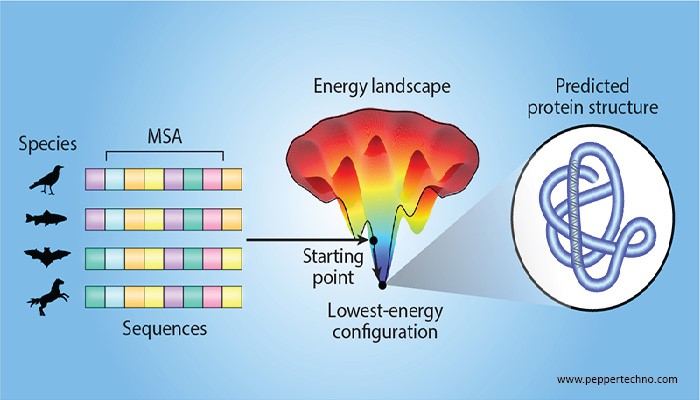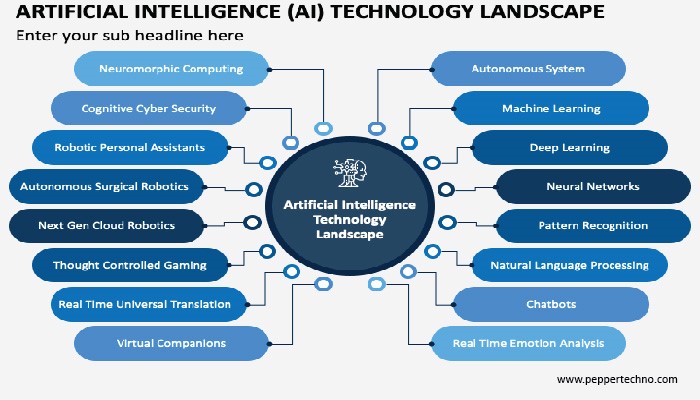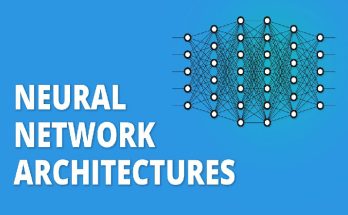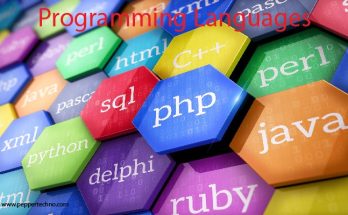Graphing the Future: Exploring Dynamic Landscape of Machine Learning through Graph-Based Models
We will explore Dynamic Landscape of Machine Learning through graph based models. Welcome to the exciting world of machine learning, where algorithms and data collide to revolutionize industries and reshape our daily lives. In this ever-evolving landscape, one powerful tool stands out: graph-based models. These dynamic structures not only enhance predictive accuracy but also offer unique insights into complex relationships within data sets. Join us on a journey as we unravel the potential of machine learning through the lens of graph-based models and explore their impact on society. Let’s delve into the future together!

The Role of Graph-Based Models in Machine Learning
Graph-based models play a crucial role in the realm of machine learning by representing data as interconnected nodes, offering a powerful way to capture complex relationships. These models excel at handling structured data and are particularly effective in scenarios where entities have intricate interactions. By leveraging graph structures, machine learning algorithms can uncover hidden patterns and make more accurate predictions.
One key advantage of graph-based models is their ability to integrate diverse sources of information seamlessly, allowing for holistic analysis. This integration empowers algorithms to generate valuable insights that may be missed using traditional methods alone. Moreover, these models exhibit robustness when dealing with noisy or incomplete data, enhancing their utility across various domains.
In the evolving landscape of machine learning, graph-based models continue to evolve and find new applications in areas such as recommendation systems, social network analysis, and bioinformatics. As researchers delve deeper into optimizing these models for scalability and efficiency, we can expect further advancements that push the boundaries of what is possible with machine learning technologies.
Applications of Graph-Based Models
Have you ever wondered how social media platforms recommend friends or products tailored just for you? Graph-based models play a crucial role in powering these personalized recommendations. By analyzing the connections between users and items as nodes on a graph, these models can predict your next favorite song or movie.
In the realm of healthcare, graph-based models are revolutionizing disease detection and treatment. By mapping out relationships between symptoms, diseases, and patient data on a graph, medical professionals can make more accurate diagnoses and provide personalized care plans.
Moreover, in fraud detection systems, graphs help identifies complex patterns of fraudulent activities by connecting seemingly unrelated transactions or behaviors. This proactive approach enables companies to safeguard against financial losses and protect their customers’ interests seamlessly.
Advantages and Limitations of Graph-Based Models
Graph-based models offer a unique advantage in capturing complex relationships and dependencies among data points. By representing data as nodes and edges, these models can effectively uncover hidden patterns and insights that traditional methods might overlook. This makes them particularly well-suited for tasks like recommendation systems, social network analysis, and fraud detection.
However, one limitation of graph-based models lies in their scalability. As the size of the graph grows larger, computation complexity increases significantly, posing challenges for real-time applications or working with massive datasets. Additionally, ensuring the accuracy and reliability of results generated by graph-based models can be tricky due to the inherent noise in relational data.
Despite these limitations, ongoing research is focused on enhancing the efficiency and scalability of graph-based models through innovations like distributed computing and parallel processing techniques. This continuous evolution highlights the dynamic landscape of machine learning when leveraging graph structures.
Future Developments in the Field
As we look ahead to the future of machine learning, it’s clear that graph-based models will continue to play a significant role in shaping the landscape of this dynamic field.
One exciting development on the horizon is the integration of graph neural networks with traditional deep learning architectures, allowing for more complex and nuanced representations of data. This fusion has the potential to unlock new possibilities in tasks such as recommendation systems, fraud detection, and natural language processing.
Additionally, advancements in explainable AI are opening up opportunities for greater transparency and interpretability in graph-based models. Researchers are working towards developing techniques that not only improve model performance but also provide insights into how decisions are being made.
Moreover, as computational power continues to grow and algorithms become more sophisticated, we can expect to see even more efficient and accurate graph-based models being deployed across various industries. The future holds endless possibilities for innovation and discovery in machine learning – and graph-based models will undoubtedly be at the forefront of these groundbreaking developments.
Ethical Considerations in Using Graph-Based Models for Machine Learning
When delving into the realm of machine learning, it’s crucial to pause and reflect on the ethical considerations that come with using graph-based models. These powerful tools have the potential to revolutionize industries and streamline processes, but they also raise important questions about privacy, bias, and accountability.
One key consideration is data privacy. As graph-based models rely on interconnected data points, ensuring the security and anonymity of sensitive information becomes paramount. Without proper safeguards in place, there is a risk of exposing individuals to breaches or misuse of their personal data.
Moreover, bias in algorithms poses a significant challenge. Biased training data can perpetuate stereotypes and inequalities, leading to skewed outcomes that disadvantage certain groups. It’s essential for developers to actively address bias in their models through rigorous testing and evaluation.
Additionally, transparency and explain ability are critical aspects when deploying graph-based models in decision-making processes. Users should understand how these systems operate and be able to interpret their results with clarity.
By navigating these ethical considerations thoughtfully and proactively, we can harness the power of graph-based models responsibly while advancing innovation ethically.
Conclusion: Embracing the Dynamic Landscape of Machine Learning through Graph-Based Models
In the fast-evolving field of machine learning, graph-based models have emerged as powerful tools for analyzing complex relationships and making sense of vast amounts of data. From social networks to recommendation systems, these models offer a versatile framework that can uncover valuable insights and drive innovation.
As we look to the future, it’s clear that graph-based models will continue to play a vital role in shaping the landscape of machine learning. With advancements in technology and an ever-growing emphasis on interconnected data, these models are poised to unlock new possibilities across various industries.
By embracing the dynamic nature of machine learning through graph-based models, we can harness the potential for deeper understanding, more accurate predictions, and ethical decision-making. As researchers and practitioners strive to push boundaries and explore new frontiers in artificial intelligence, graph-based models stand out as key instruments in navigating this exciting journey towards a smarter tomorrow.



